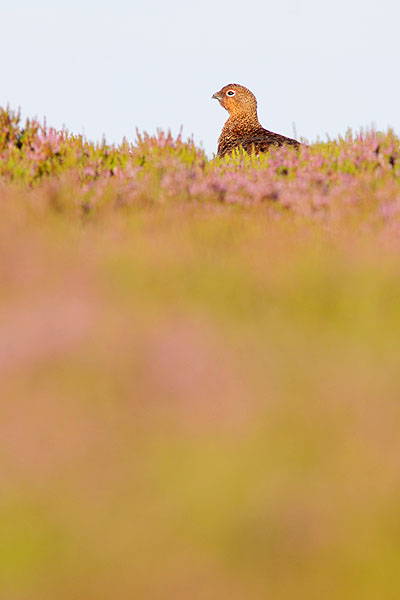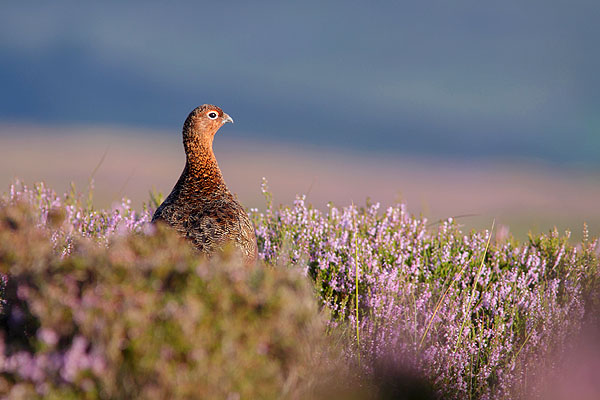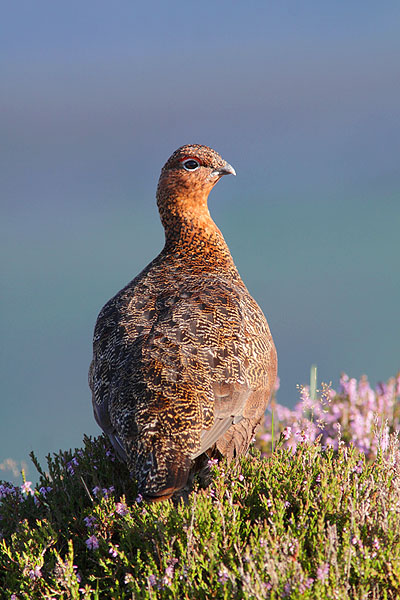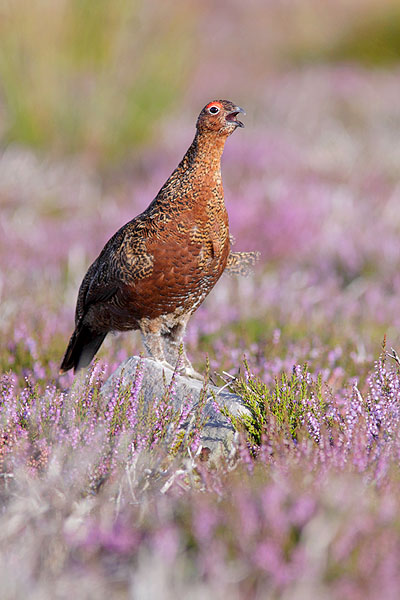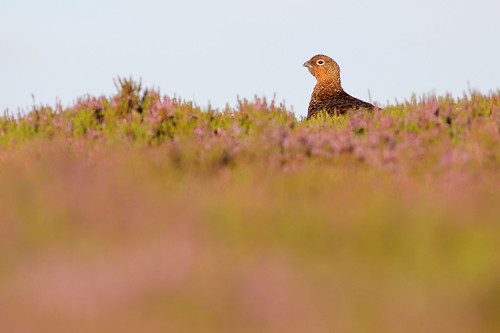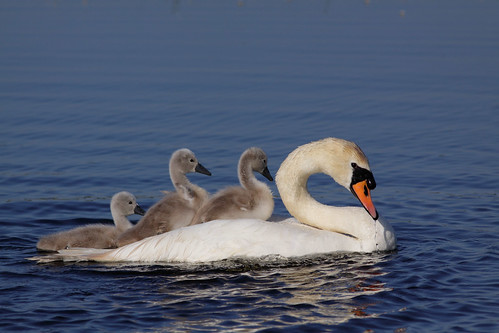Swaledale is one of my favourite places to visit: it's somewhere where you can mix wildlife and landscape photography, and know that you have some reliable locations in which to shoot. I spent three days in this stunning part of the Yorkshire Dales. To get under the skin of a place, and particularly with wildlife, in the summer you really need to stay over so you can take advantage of the best light - both early and late in the day. I stayed at Crosby House Farm - a family run B + B .The room was excellent and very good value too. Although it was in Wensleydale, it put me just twenty minutes away from where I wanted to shoot. Landscape photography was on the agenda, but my main aim was to photograph the upland birds in Swaledale, some of which are very tolerant to an approach in the car.
On my first evening I was lucky to catch some good light at the end of the day and capture a lovely sunset close to Carperby.
The next day an early start was rewarded as I was treated to a beautiful Golden Plover, close to the car. This was the first time I had been up here so early and the light was just stunning - well worth the 4.15am alarm to get me on the moors for 5.00am.
I also witnessed a female lapwing sheltering her chicks (count the legs!), a very endearing sight. Lapwing chicks are lovely and very cute to photograph. There were four of them that were simply wandering around fending for themselves, already learning to feed just like their parents.
Lapwings can present some of the best opportunities in Swaledale. I came across one lapwing that was often feeding around the same grassy bank. I decided to concentrate on the one bird for a while and photographed it at such close range that it was often too close! The light was lovely and soft as it was around 8.30pm. A bit of diffused fill-flash helped.
The next morning was fairly quiet, but at least I managed one of my better curlew shots. These birds are really tough to photograph - generally wary and rarely near the car. This one however had a chick nearby and was keeping a close eye. After a few minutes, its mate joined it and they both watched their lone chick as it bumbled through the grasses.
I also managed some decent grouse shots even though I had to use some fill-in-flash for some as the sun was far too harsh. Much better to shoot into the light and use fill-in. These are reliable subjects and easily photographed on my Red Grouse Photography Workshops
On my last evening I had to work hard for my landscapes. The meadows at Reeth were breath-taking, but so many times I am thwarted by continual cloud and lack of good light. It seemed to be the same again as I cursed the huge blanket of cloud towards the west. I did the best I could, shooting an attractive meadow with a gate and summer hedgerow.
I stuck it out - and eventually my luck changed. completely! Around 7.00pm the light completely broke and I was able to shoot in stunning evening light. Amazing quality. I tried to get as much as I could in case the light went, and took many photographs with varying compositions. Some shots required a polariser - others worked better without - and simply adding an ND grad filter.
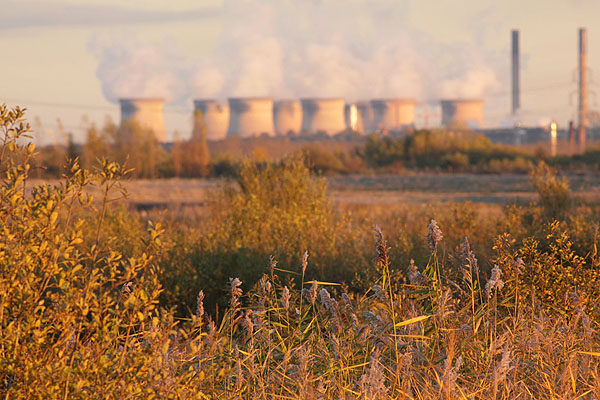 I’ve been spending a lot of time recently at the nearby Nature Reserve St. Aidans near Castleford in West Yorkshire. Run by the RSPB, St. Aidans is proving to be a wonderful place for wildlife photography – and the ideal location for a Wildlife Photography Course The open nature of the site (formerly an open cast mine) lends itself to some cracking light at both ends of the day. With reed beds and intersecting water channels the reserve is perfect for landscape photography, with stunning reflections and evocative sunsets.
I’ve been spending a lot of time recently at the nearby Nature Reserve St. Aidans near Castleford in West Yorkshire. Run by the RSPB, St. Aidans is proving to be a wonderful place for wildlife photography – and the ideal location for a Wildlife Photography Course The open nature of the site (formerly an open cast mine) lends itself to some cracking light at both ends of the day. With reed beds and intersecting water channels the reserve is perfect for landscape photography, with stunning reflections and evocative sunsets.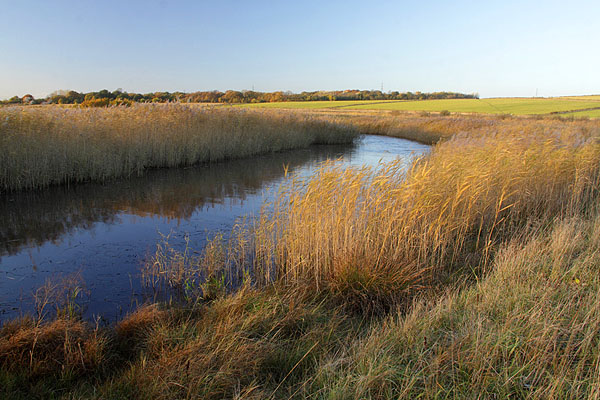
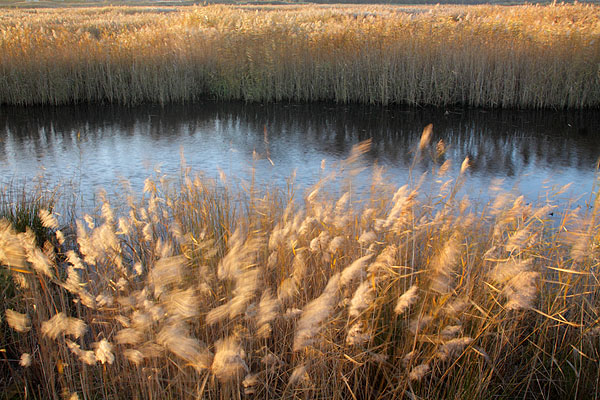
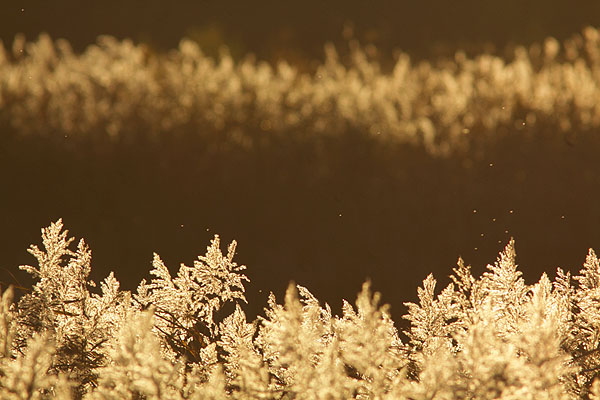 All year round there are good numbers of wildfowl – with ideal access to the water’s edge allowing for low level images with the camera literally a few inches about the water surface. This gives some wonderful reflections, particularly with the obliging swans that regularly dabble close to the edge.
All year round there are good numbers of wildfowl – with ideal access to the water’s edge allowing for low level images with the camera literally a few inches about the water surface. This gives some wonderful reflections, particularly with the obliging swans that regularly dabble close to the edge.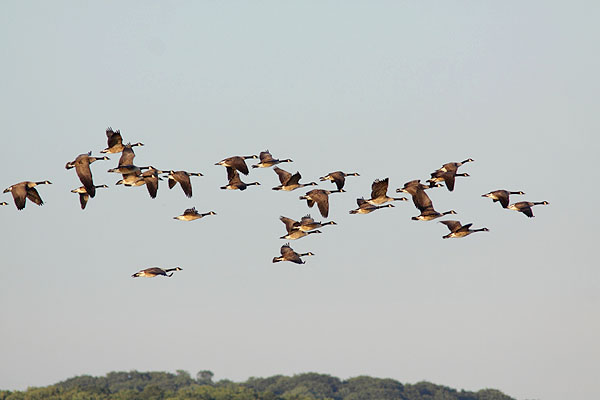
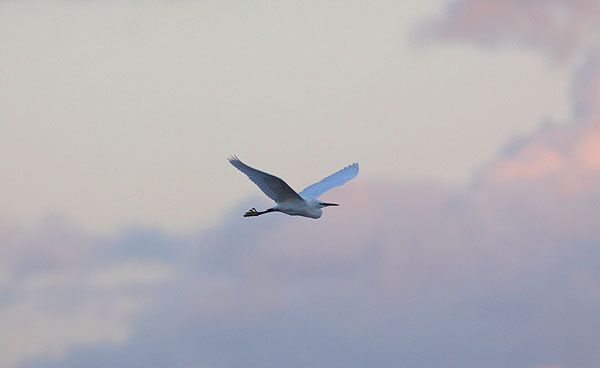
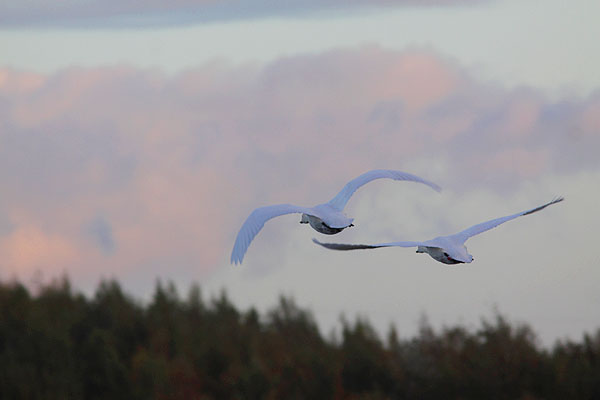
 To share the wildlife of St. Aidans with others, I’m running Wildlife Photography Workshops at the reserve in 2014. These are half day courses aimed at beginners, but more experienced wildlife photographers can benefit from my knowledge of the reserve and capture evocative twilight photos including the starling murmuration. For any more information contact me at paul@naturephotographycourses.co.uk
To share the wildlife of St. Aidans with others, I’m running Wildlife Photography Workshops at the reserve in 2014. These are half day courses aimed at beginners, but more experienced wildlife photographers can benefit from my knowledge of the reserve and capture evocative twilight photos including the starling murmuration. For any more information contact me at paul@naturephotographycourses.co.uk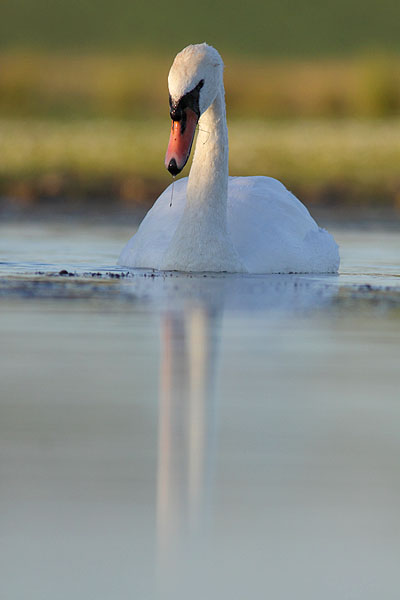









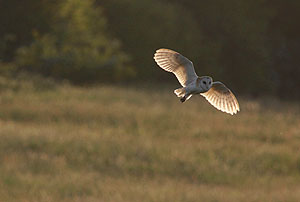 I have now updated the pages on my website for
I have now updated the pages on my website for 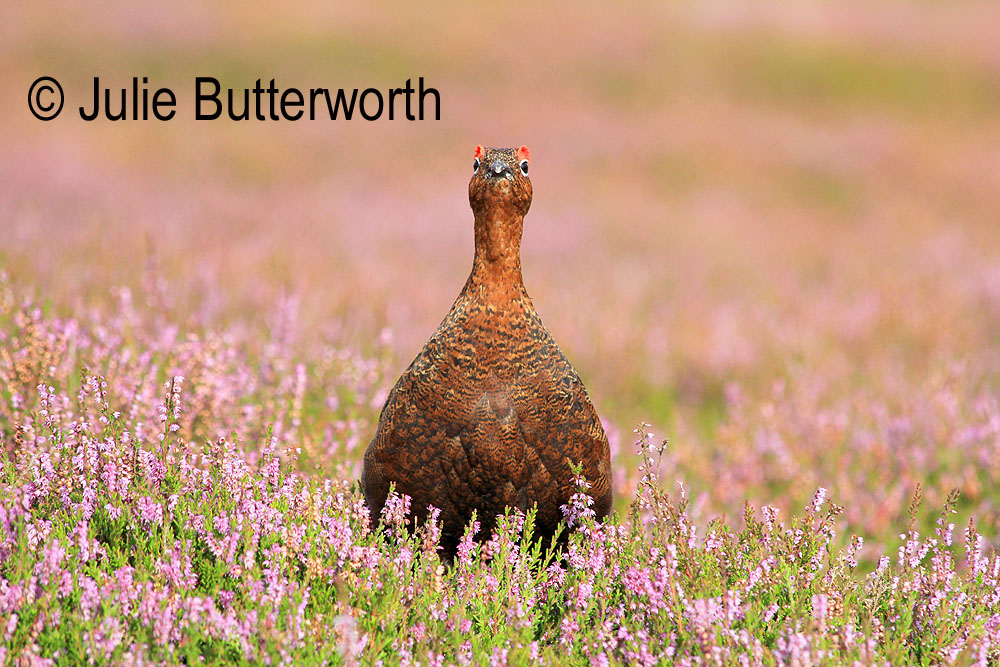
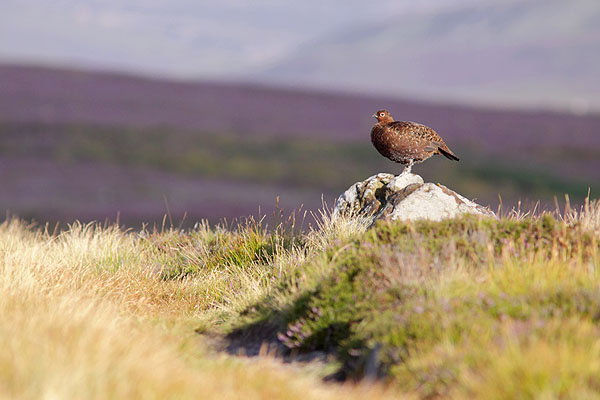 Wildlife Photography is far from easy in the U.K., but Red Grouse can be a relatively easy subject to photograph. At a well know location in Yorkshire, these hardy birds can be photographed from the car, often at incredibly close range. With such reliable subjects I use the venue for my upland birds photography courses.
Wildlife Photography is far from easy in the U.K., but Red Grouse can be a relatively easy subject to photograph. At a well know location in Yorkshire, these hardy birds can be photographed from the car, often at incredibly close range. With such reliable subjects I use the venue for my upland birds photography courses.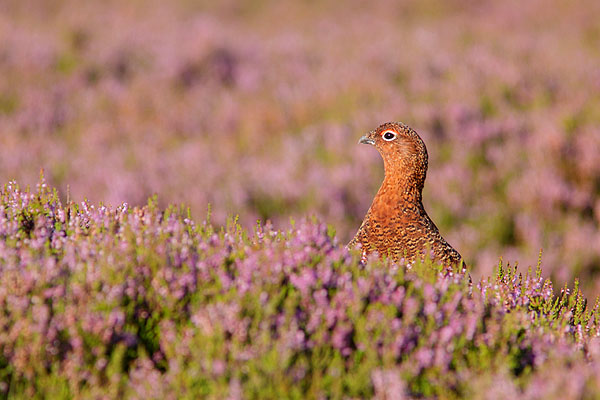 I’ve lost count of the number of times I’ve photographed these birds, but a visit this August proved to be the best yet. I arrived early – around 6.00am. I wanted to make use of the early morning light that makes such a difference to the resulting images. It was only a couple of bends up the steep moorland track and straight away there was a stunning male right by the roadside in glorious heather. I slowed down, but alas, he was off… a good opportunity missed. Never mind – you have to put in the work to get good wildlife images and I wasn’t disheartened. I soon found a group of grouse sitting in the heather and captured some rather creative images by tilting the camera down and including the out of focus foreground heather. Perfect.!!
I’ve lost count of the number of times I’ve photographed these birds, but a visit this August proved to be the best yet. I arrived early – around 6.00am. I wanted to make use of the early morning light that makes such a difference to the resulting images. It was only a couple of bends up the steep moorland track and straight away there was a stunning male right by the roadside in glorious heather. I slowed down, but alas, he was off… a good opportunity missed. Never mind – you have to put in the work to get good wildlife images and I wasn’t disheartened. I soon found a group of grouse sitting in the heather and captured some rather creative images by tilting the camera down and including the out of focus foreground heather. Perfect.!!